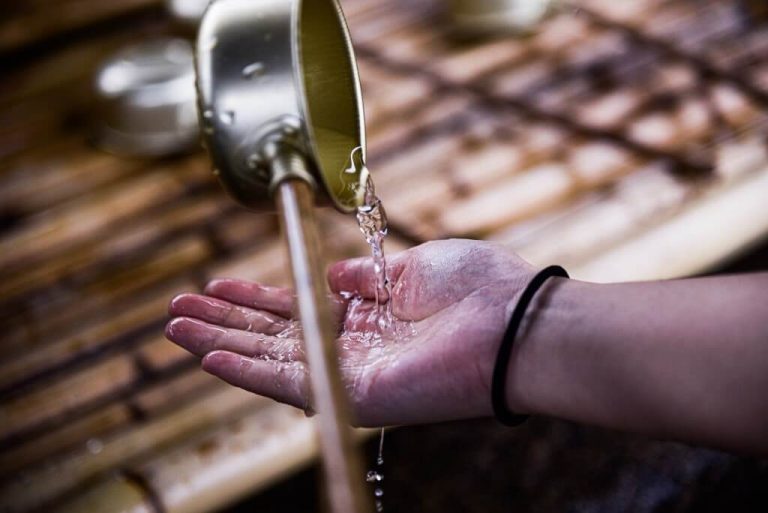Table of Contents [show]
PFAS are so persistent that they are commonly called “forever chemicals” due to their resistance to breakdown in natural environments and their elimination difficult. PFAS have been found in drinking water and water sources all around the United States. Due to the chemical characteristics of PFAS, treating and removing them using traditional water treatment methods can be challenging.
Not enough study has been undertaken yet to assume how much of each PFAS is safe to be exposed to. A growing number of communities around the country are identifying these chemicals and attempting to address pollution after it was discovered that very low doses of some of the compounds that have received the most attention had been related to detrimental impacts on people’s health.
What Is PFAS?
Since the 1950s, perfluoroalkyl and polyfluoroalkyl substances, together referred to as PFAS, have been used in a wide variety of manufacturing processes and consumer goods all over the globe. These compounds are used in the production of a variety of domestic and commercial items, including those that are resistant to chemical and heat reactions and those that can repel oil, stains, grease, and water.
Is It Harmful?
There is evidence from a number of scientific research to show that certain PFAS may affect various body processes. Although there is still a need for additional study, studies conducted on humans have indicated that particular PFAS may:
- Have an impact on the development, learning, and behavior of newborns and older children
- Fertility rates for women may be reduced
- Inhibit normal hormonal function in the body
- Raise the amount of cholesterol in your blood
- Influence the function of the immune system
- Raised the potential for developing cancer
Ways to Be Exposed to PFAS
You may get PFAS through drinking polluted municipal or private well water and eating seafood caught in PFAS-affected waters. Using certain consumer goods such as flooring resistant to stains and clothing that is water repellent, as well as consuming food that was packed in a substance containing PFAS.
According to the findings of recent studies, the risk of being exposed to PFOA via today’s consumer items is typically rather minimal. This is particularly true compared to the risk of being exposed to drinking contaminated water. PFAS have been found in some of the following products:
- Cleaning products
- Nonstick cookware
- Paints, varnishes, and sealants
- Personal care products (shampoo, dental floss) and cosmetics (nail polish, eye makeup)
- Some grease-resistant paper, fast food containers/wrappers, microwave popcorn bags, pizza boxes, and candy wrappers
- Stain resistant coatings used on carpets, upholstery, and other fabrics
- Water resistant clothing
PFAS and Breastfeeding
The choice to breastfeed a newborn is influenced by a number of variables. One of the numerous things that women and their families may think about is the possibility that a newborn would be exposed to environmental pollutants, such as per- and polyfluoroalkyl substances (PFAS), via breast milk. This is only one of the many issues that could be considered.
Most of the persons in the United States and other developed nations have detectable levels of PFAS in their blood. This is because PFAS are found in the environment is widespread and pervasive proportions. PFAS has been discovered in human breast milk and discharged via lactation in scientific research.
A thorough understanding of how PFAS enters breast milk has not yet been achieved. Several factors influence the amount of exposure a newborn gets from PFAS, including the mother’s PFAS level, the quantity of breast milk PFAS she produces, and the duration of breastfeeding.
How to Remove PFAS from Water?
A semipermeable membrane is pushed through unfiltered water using pressure in a reverse osmosis system. The membrane has tiny holes that prevent pollutants such as PFAS from passing through to the device’s opposite side while allowing clean water to pass through. One of the most effective and thorough approaches to cleaning contaminated water is reverse osmosis.
Activated carbon is a component of carbon filters; this kind of carbon has an abundance of pores distributed across its surface and infrastructure. When water passes through activated carbon, PFAS and other pollutants are absorbed or transformed via a process known as adsorption, and clean water is produced on the other side.
Ion exchange is a chemical process that removes dissolved ions like PFAS, nitrate, and sulfate by exchanging them for other ions with the same charge. Ions are atoms or molecules with an associated electrical charge, which may be either positive or negative. Ion exchange water treatment systems feature an anion resin that collects ions with a negative charge (for example, PFAS) and a cation resin that captures ions with a positive charge. These compounds work together to remove contaminants from the water.

